This tutorial walks you through how to marinate chicken with easy, time-saving techniques that boost flavor and tenderness. Learn the benefits of marinating, key ingredients that make a marinade work, and quick tips for meal prep, storage, and safe handling.
Table of Contents
Jump to:
- Marinating - A Staple Technique
- What You'll Learn
- Quick Marination Techniques
- The Components of a Marinade
- Quick Ways to Marinate Chicken
- Video Overview: How to Quickly Marinate Meat
- Food Safety: The Right Way to Marinate and Thaw Chicken
- Let's Recap
- Key Ingredients & Flavor Combinations
- Equipment Recommendations
- Kitchen Must-Haves Reviews
- Frequently Asked Questions
- Cooking Tips and Tutorials
- Chicken Recipes
- Have a Comment or Question?
Marinating - A Staple Technique
Growing up in a Haitian household, marinating what we call "tranpe" was more than a step in cooking; it was tradition. Every Sunday morning, you'd hear the rhythmic sound of a mortar and pestle as my family prepared epis, our all-purpose seasoning blend made with garlic, peppers, herbs, and onions.
Epis was the heart of every dish, whether it was chicken, goat, or fish, and it taught me early on that good food starts long before the pan hits the stove. Learn more: Green Seasoning Recipe | Epis - Haitian Style.

Tranpe (trahm-pay)? The Haitian Creole term for "to soak" or "to marinate," reflecting the cultural importance of letting food rest in seasoning before cooking. Epis: A traditional Haitian seasoning blend made with garlic, onions, herbs, and peppers, used to marinate meats and infuse them with deep flavor.
What You'll Learn
- Explore quick and convenient ways to marinate chicken without waiting overnight.
- Learn how to safely prep, store, and thaw marinated chicken for meal prep.
- Understand the key components that make a marinade effective and flavorful.
- Discover which chicken cuts absorb flavor faster for quicker results.
- Get answers to the most common questions about marinating for safety and taste.
Quick Marination Techniques
That said, as an adult with a busy schedule, I realized that overnight marinating wasn't always realistic. So I began experimenting with same-day marinades that deliver bold flavor without the wait.
And what I discovered is that marinating doesn't have to be a 24-hour commitment; it's about understanding your ingredients, your cuts, and how flavors work together to fit your lifestyle and culture.
In this guide, we'll explore quick marinating tricks, how to safely store pre-marinated chicken for meal prep, and the simple science behind building your own marinade from scratch.
The Components of a Marinade
A flavorful marinade balances four essential components that work together to tenderize the meat and build layers of taste. Understanding how acid, fat, salt, and aromatics interact allows you to create marinades that complement different cuts of chicken while inspiring creativity in your own flavor combinations.
- Acid: Breaks down tough muscle fibers for tender meat. Think citrus juice, vinegar, yogurt, or wine.
- Fat: Carries flavor and helps moisture stay locked in during cooking. Olive oil, coconut milk, or sesame oil are great examples.
- Salt: Draws flavors deep into the meat through osmosis. This can come from salt itself, soy sauce, or even miso paste.
- Aromatics & Flavor Builders: These include herbs, spices, garlic, onion, ginger, or sauces that give your marinade its unique personality.

Yogurt? Unlike sharp liquid acids, yogurt tenderizes more gently through lactic acid and natural enzymes, which soften the meat's texture without making it mushy. It also clings well to the surface, allowing herbs and spices to stay in place and form a flavorful crust during cooking. Very cool, right?!
"Salt, Fat, Acid, Heat"
The relationship between "Salt, Fat, Acid, Heat" and the components of a marinade lies in how both approaches break flavor down into essential building blocks. Just as Samin Nosrat's book teaches cooks to balance those four elements for better overall cooking, a marinade relies on acid, fat, salt, and aromatics to transform texture and taste.
Understanding this connection helps home cooks move beyond fixed recipes and develop an intuitive sense for creating flavorful, balanced marinades.

Grow Creatively: Once you understand how each part works, you can confidently mix and match to create your own culinary creations that reflect your cultural roots or global inspirations.
Quick Ways to Marinate Chicken
1. Massage and Rest Method (15-30 minutes)
Place your chicken in a resealable bag, pour in your marinade, and gently massage it through the bag. This helps distribute flavor quickly, perfect for weeknights when you need dinner fast.

2. Vacuum-Seal or Freezer Bag Method
If you own a vacuum sealer, use it to compress flavors into the meat faster. If not, use a freezer-safe zip-top bag, remove as much air as possible, seal, and lay flat. These bags are great for freezing pre-marinated chicken for later use.

Meal Prep Tip: Make several bags of marinated chicken ahead of time, jerk-style, lemon-herb, or garlic-soy. Freeze them flat, then thaw overnight in the refrigerator before cooking. Once thawed, discard the bag, cook, and enjoy.
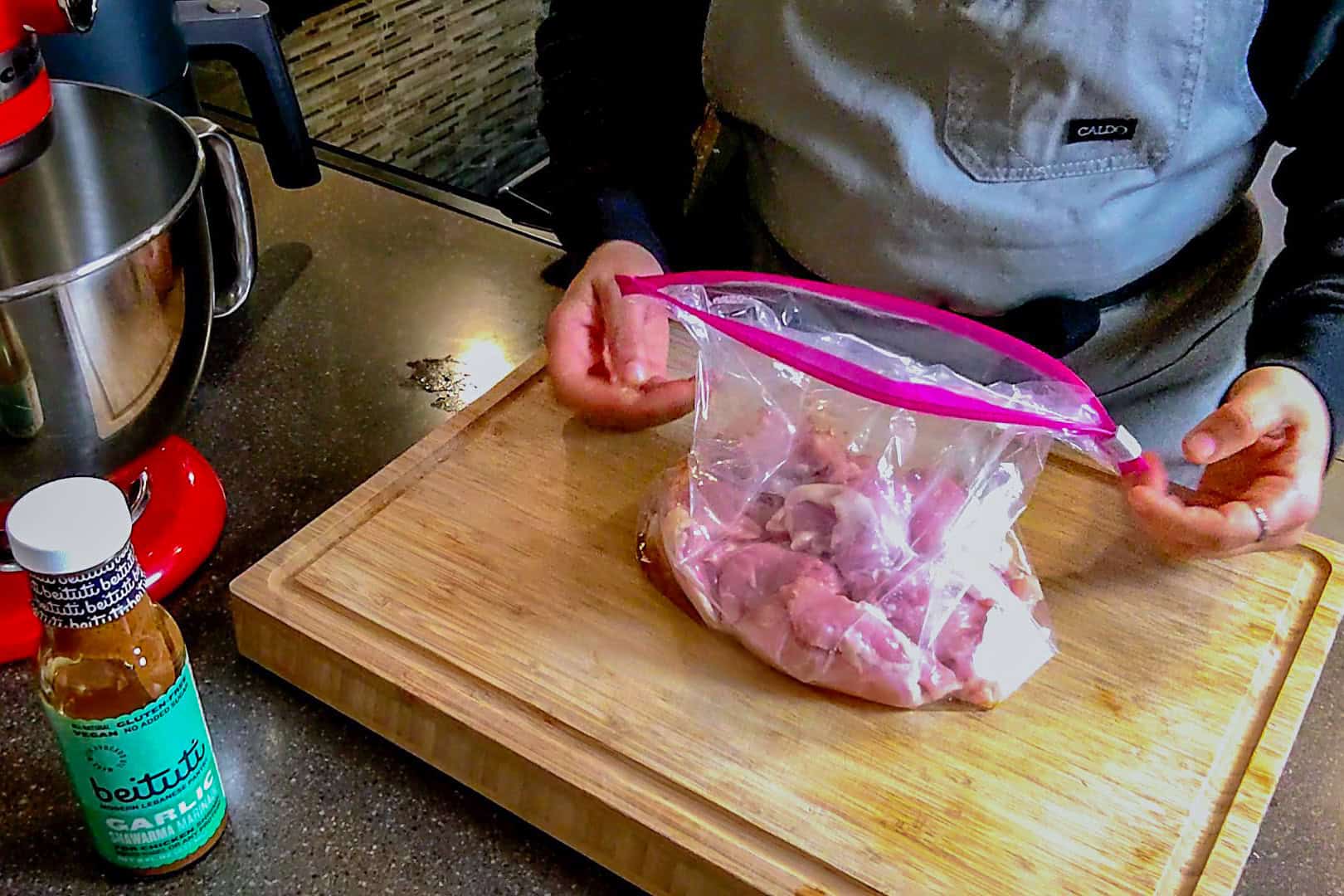
3. Pierce or Butterfly for Faster Flavor Absorption
Cuts like thin chicken cutlets, butterflied breasts, or scored thighs allow marinades to soak in more efficiently. More surface area means quicker flavor.
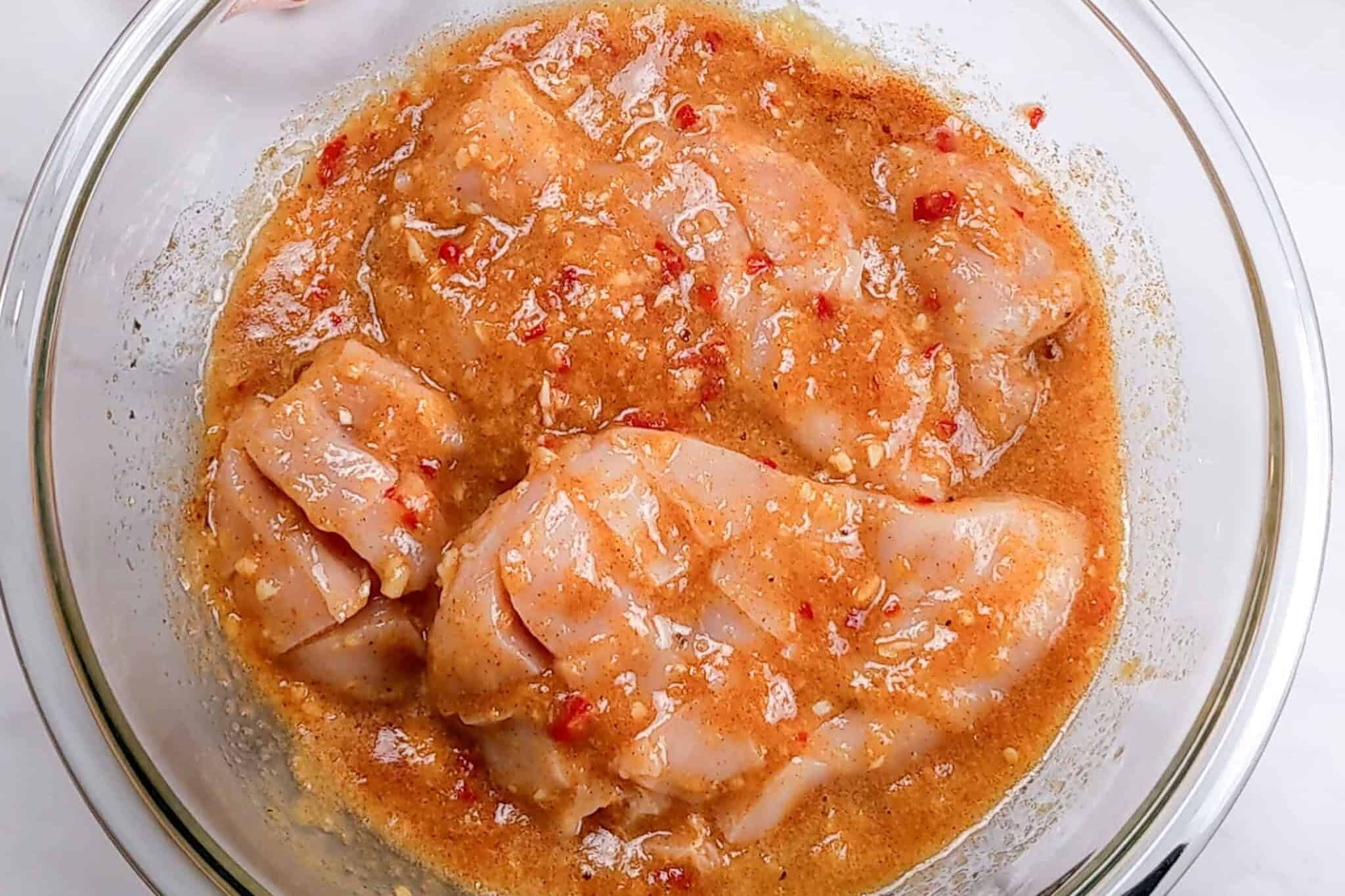
Video Overview: How to Quickly Marinate Meat
Food Safety: The Right Way to Marinate and Thaw Chicken
Proper marinating and thawing techniques are essential to prevent foodborne illness and maintain the quality. Always marinate and thaw in the refrigerator, never at room temperature, and discard any marinade that has come into contact with raw poultry unless it's been boiled. Read More: Understanding Food Temperature Safety Zones: Cook, Store & Serve Safely.
- Danger Zone: Never marinate chicken at room temperature. Harmful bacteria grow quickly between 40°F and 140°F, known as the danger zone.
- Keep Cold: Always marinate in the refrigerator in a covered container or sealed bag.
- Bacteria Growth: Do not reuse marinade that has touched raw chicken unless it has been boiled for at least one minute to destroy bacteria.
- Properly Thaw: When thawing pre-marinated chicken, always thaw it in the fridge, not on the counter. It may take 24 hours, depending on the thickness, but it ensures safety and even flavor distribution.
- Organize: Label your marinated freezer bags with the date and flavor for easy meal planning.

How Long Should You Marinate? Longer doesn't always mean better. Highly acidic marinades can make chicken mushy if left too long.
- Up to 12 Hours: For deep flavor in large pieces like drumsticks or whole chickens.
- 15-30 Minutes: Great for quick-cooking cuts like thin breasts or tenders.
- 2-4 Hours: Ideal for medium cuts like boneless thighs.
Let's Recap
Marinating chicken doesn't have to be complicated, just informed and intentional. While you can marinate frozen chicken, it's best to do so before freezing, allowing the marinade to infuse flavor as it thaws.
Remember that brining focuses on salt and moisture, while marinating enhances flavor and tenderness through a mix of acids, fats, and aromatics. And if you plan to reuse marinade for basting or sauce, always boil it first to eliminate bacteria from raw chicken.

Brining? A salty water solution used to hydrate and season meat; unlike a marinade, it focuses on moisture retention rather than flavor layering.
Remember These Key Takeaways
Ultimately, marinating should fit your lifestyle and reflect your cooking rhythm. Whether you have 20 minutes or overnight to spare, it's a simple way to connect with your food, your culture, and your creativity, so experiment, taste, and make it your own.
- Balance acid, fat, salt, and aromatics for a flavorful and safe marinade every time.
- Marinating can be quick or overnight, depending on your schedule and the cut of chicken.
- Use resealable bags or freezer storage for convenient prep.
- Always marinate and thaw safely in the fridge.
Recommended Reads
- Easy 15-Minute Marinade for Beef Kabobs
- Calabrian Lemon Yogurt Baked Chicken Thighs with Vegetables
- Diamond Slit Chicken Breast (Video & Pictures)
- Zhoug Chicken in the Air Fryer
- Air Fryer Chicken Shawarma | Quick with Beituti
Key Ingredients & Flavor Combinations
Once you understand the balance of acid, fat, salt, and aromatics, you can create marinades that reflect any flavor profile from your childhood comfort dishes to globally inspired meals. Below are three delicious combinations to inspire creativity in your kitchen:
1. Haitian Citrus-Garlic Marinade (Epis-Style)
- Flavor Profile: Zesty, herby, and deeply savory.
- Ingredients: Fresh lime juice, olive oil, blended epis, garlic, green bell pepper, parsley, thyme, and a pinch of salt and black pepper.
- Use For: Chicken thighs or drumsticks, especially great for grilling or roasting.

Chef's Tip: Add a splash of vinegar to brighten the flavor if cooking the same day instead of overnight.
2. Mediterranean Herb Marinade
- Flavor Profile: Fresh, aromatic, and balanced with a hint of acidity.
- Ingredients: Olive oil, lemon juice, crushed garlic, oregano, rosemary, Dijon mustard, and sea salt.
- Use For: Chicken breast cutlets or skewers for easy meal prep.

Emulsified (Emulsion)? The blending of oil and acid (like olive oil and vinegar) to create a smooth, unified marinade mixture. Chef's Tip: Whisk the marinade until slightly emulsified before adding the chicken to ensure even flavor distribution.
3. Asian Soy-Ginger Marinade
- Flavor Profile: Umami-rich, slightly sweet, and vibrant.
- Ingredients: Soy sauce, sesame oil, grated ginger, garlic, honey, and rice vinegar.
- Use For: Boneless skinless chicken thighs or wings.

Chef's Tip: For a thicker glaze-like texture, reserve some marinade, boil it after use, and brush it over the chicken while cooking.
Explore. Experiment. Taste.
Building your own marinade is about balance and creativity. Whether you're reaching for a spoonful of Haitian epis or a splash of soy sauce, each combination of acid, fat, and aromatics tells a story of culture and flavor. Experiment with your pantry staples and make marinating chicken a flavorful reflection of your personal cooking style.

Quick Flavor Ideas to Try:
- Creamy Buttermilk Ranch: Yogurt, garlic powder, dried dill, and onion powder for a tender and tangy result.
- Tropical Sweet Heat: Pineapple juice, hot sauce, brown sugar, and allspice.
- Smoky BBQ Blend: Tomato paste, liquid smoke, smoked paprika, and molasses.
Equipment Recommendations
These simple tools make marinating chicken easier, safer, and more efficient, from mixing and measuring ingredients to storing and labeling your prepared marinades for future use.
- Resealable Bags: Ideal for massaging and storing chicken in marinades; reduces cleanup and allows even coating.
- Freezer-Safe Bags or Containers: For preparing and storing multiple marinades in advance for future use.
- Mixing Bowls: To combine marinade ingredients before adding to chicken.
- Measuring Cups and Spoons: Ensures accurate ingredient ratios when balancing acids, fats, and seasonings.
- Cutting Board for Raw Poultry: Designate one board solely for raw chicken to prevent cross-contamination.
- Tongs or Gloves: For handling raw chicken safely and avoiding direct contact.
- Label and Marker: To note the flavor and date on stored marinated chicken bags for organized meal prep. Check Out: Smart Storage and Kitchen Safety Tools I Can't Live Without.

Cross-Contamination? The transfer of bacteria from raw poultry to other foods or surfaces is a key food safety concern when marinating. Read More: How to Prevent Cross-Contamination in Your Kitchen.
Kitchen Must-Haves Reviews
Find a collection of my reviews of kitchen equipment that I have purchased or recommend. Kitchen Must-Haves - Find other tools I use here.
My Review: I love the clean, classic look of this Pyrex 3-piece glass mixing bowl set. It’s a staple in my kitchen. Pyrex is known for its durability, and these bowls definitely live up to that reputation. I use them for everything from mixing batters to storing leftovers, and the fact that they’re microwave-safe makes them super multifunctional. They’re also easy to clean and stack nicely in the cabinet. The only reason this isn’t a five-star for me is because I always have that little fear of breaking them when I’m using or storing them, even though they’re made to last.
Review: I've had the OXO Good Grips 4-Piece Stainless Steel Measuring Cups for years, and they’ve held up beautifully with a sleek finish that still looks like new. The magnetic snaps make them easy to keep together without the hassle of a ring, and the durable, heavy-duty stainless steel feels sturdy in hand. These cups are well-made, easy to clean, and built to last. Definitely a smart, long-term addition to any kitchen.
Review: The Cuisinart Stainless Steel 6-piece magnetic measuring spoon set blends style and functionality seamlessly. Crafted from durable stainless steel with a chic black and silver finish, each spoon has permanent measurement markings for clear, easy reading. The magnetic handles snap together to stay organized yet separate smoothly for use. With a polished finish and six sizes ranging from ⅛ teaspoon to 1 tbsp, this set offers precise measuring and convenient storage ideal for baking, cooking, and spice blending.
My Review: I’ve used these Fotouzy Cutting Board Mats for a long time, and while they’re flexible, dishwasher-safe, and great for preventing cross-contamination with their color coding, I now prefer solid plastic cutting boards. They’re BPA-free, non-porous, and wide enough to protect my wooden board, especially handy when zesting or transferring ingredients. That said, they don’t stay perfectly steady, even with a damp towel underneath, so I give them a 4 out of 5. But I still use it a lot for quick meat and veggie preps and place them right in the dishwasher.
My Review: These tongs have been indispensable kitchen tools. Their sturdy build and heat-resistant silicone tips make them dependable for various cooking tasks, from flipping delicate fish fillets to pulling a hot oven rack, ensuring they're a valuable addition to my kitchen. The only problem I've had is grasping items with the tip. Silicone tongs are flexible and are not sturdy enough to pick heavy things with their tips. So I gave it a 4 out of 5. Hence, the reason why I still keep my metal tongs.
My Review: I highly recommend the ForPro Professional Collection Disposable Nitrile Gloves. They’re food-safe, powder-free, and latex-free, making them perfect for cooking. I’ve ordered these several times and use them both personally and for my videos. The gloves are durable and chemically resistant, offering excellent protection when handling raw ingredients. When pressed for time, they’re my go-to for preventing cross-contamination without needing to wash my hands constantly. A must-have for any busy kitchen!
Frequently Asked Questions
Here, you will find a list of common questions that I have answered. If you have questions, please write them in the comment section below.
Yes. Acidic marinades left for over 24 hours can start breaking down the chicken's texture, making it mushy. Stick to the recommended time frame for best results.
Neutral oils like olive, avocado, or canola oil help distribute seasonings evenly while preventing the chicken from drying out during cooking.
Absolutely. Once cooked and cooled, freeze it in airtight containers or bags for up to 3 months. Just make sure to label and date it.
It should feel soft to the touch, with no icy spots in the center. For food safety, always thaw in the refrigerator, not on the counter.
Even 15-30 minutes of marinating at room temperature (within safe limits) before cooking can make a noticeable difference in flavor-just never exceed that window to avoid entering the bacterial danger zone.
Cooking Tips and Tutorials
If you found this tutorial helpful, you'll love my Cook's Notebook collection. From knife skills and flavor bases to time-saving tricks and essential equipment guides, this section is packed with chef-tested lessons to help you cook with confidence.
- Holiday Kitchen Safety Tips: How to Cook, Serve, and Store
- What is Salmonella? For Home Cooks | Causes and Tips
- How to Cut Up a Whole Chicken | Step-by-Step Guide
- Best Pans for Searing Chicken (and How Each One Behaves)
Chicken Recipes
Looking for chicken recipes to try? Try these:
- Fresh Berry Apple Pecan Chicken Salad with Goat Cheese
- Braised Chicken | Mexican-Style with Roasted Tomato Sauce
- Easy Air Fryer Chicken Nachos Recipe | Ready in 10 Minutes
- Easy BBQ Chicken Sliders with Coleslaw | Spicy & Sweet
Subscribe to the YouTube Channel
SUBSCRIBE: 👈To my YouTube Channel to Get Notifications of New Videos.


Chef Maika Frederic
Chef and Educator
Haitian-American chef and educator Maika Frederic blends bold flavors with approachable recipes. With a background in both professional kitchens, classrooms, and children therapy as a trained chef, former teacher and technician she brings a thoughtful, inclusive touch to every dish. Through her platform, Just Maika Cooking, she shares diverse meals and practical tips to empower home cooks of all ages and levels.
Have a Comment or Question?
If you have a question or comment about this post, please post it below. You will definitely get a quick response. It also helps our other readers to stay informed. Thanks!



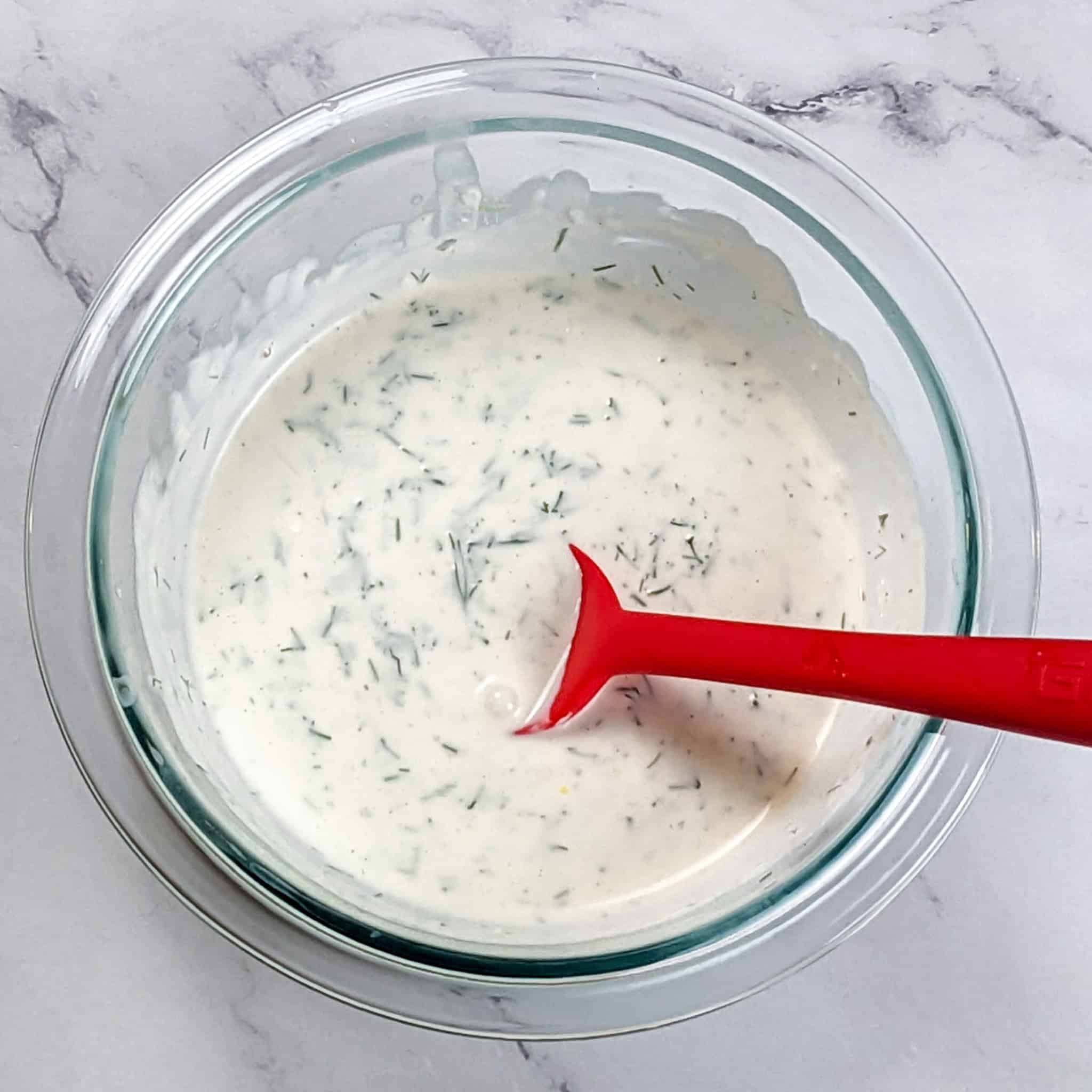


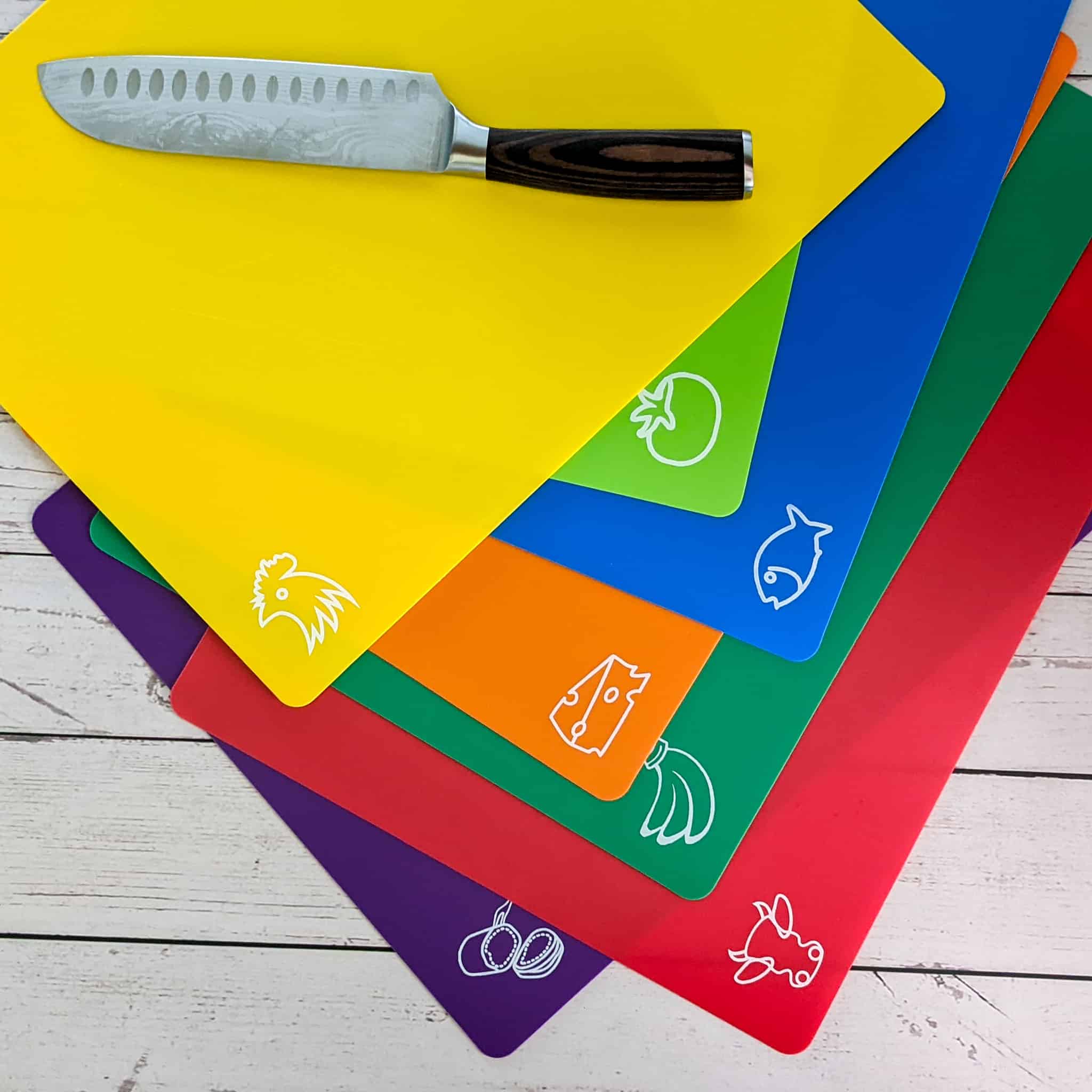

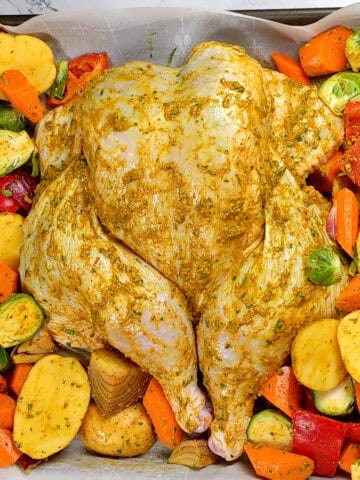
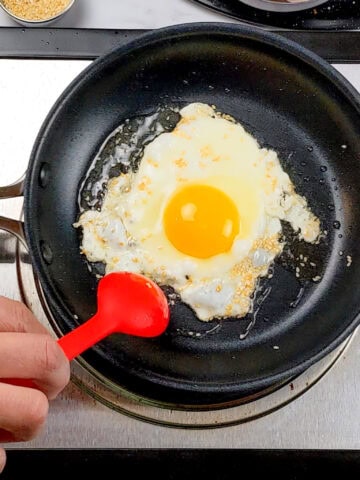


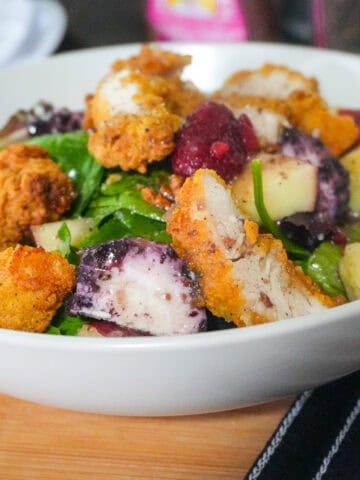
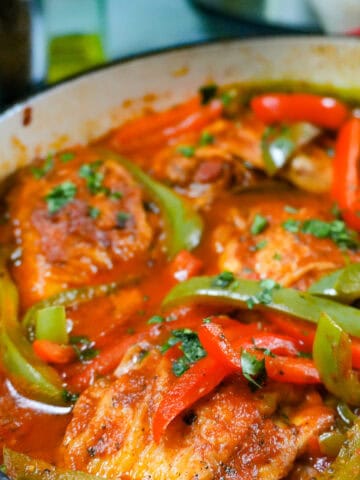
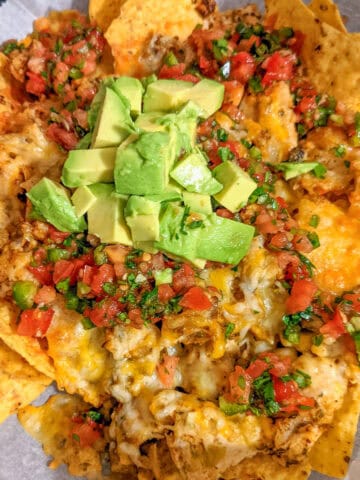
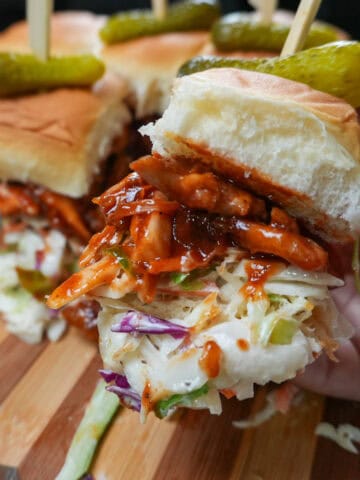
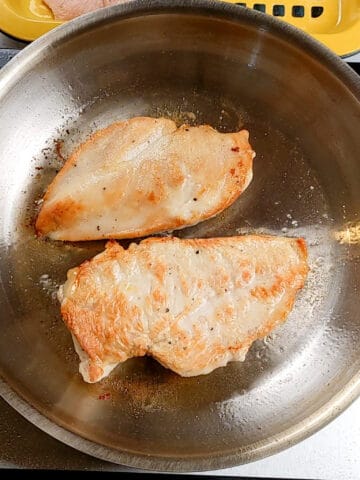
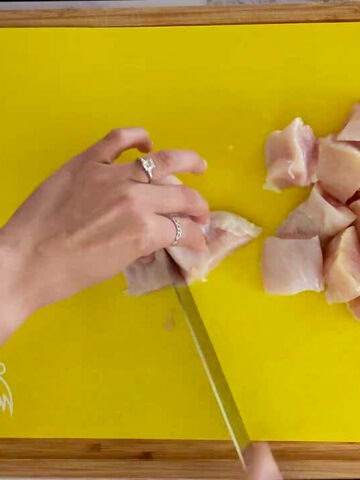
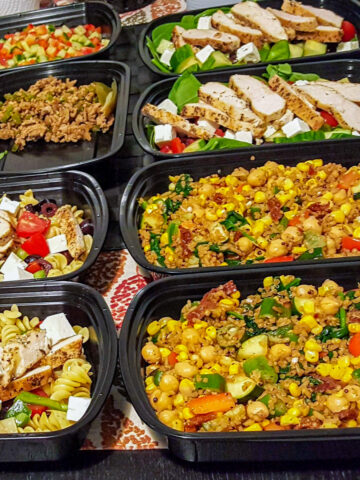
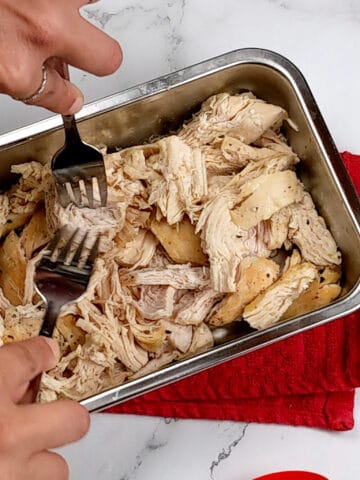
Leave a Reply